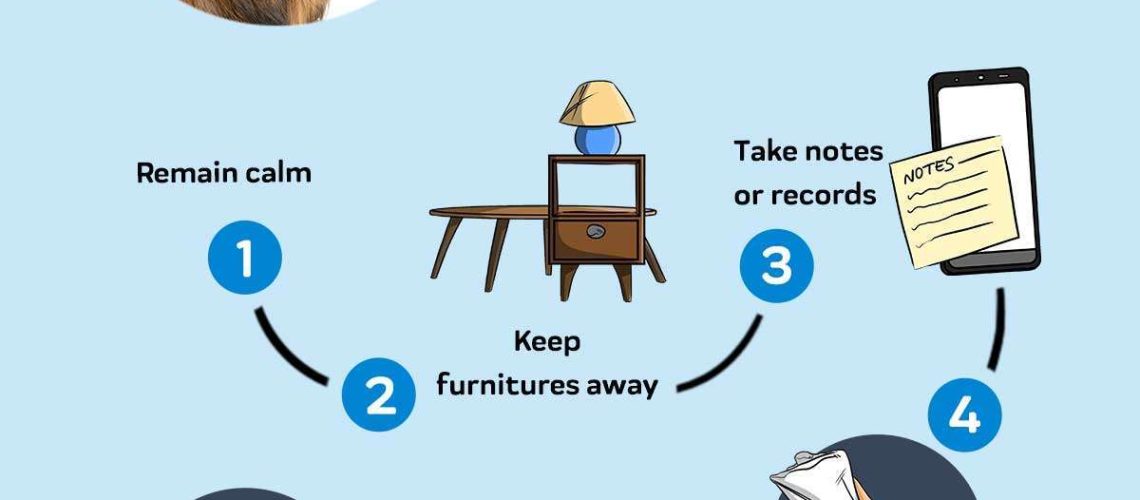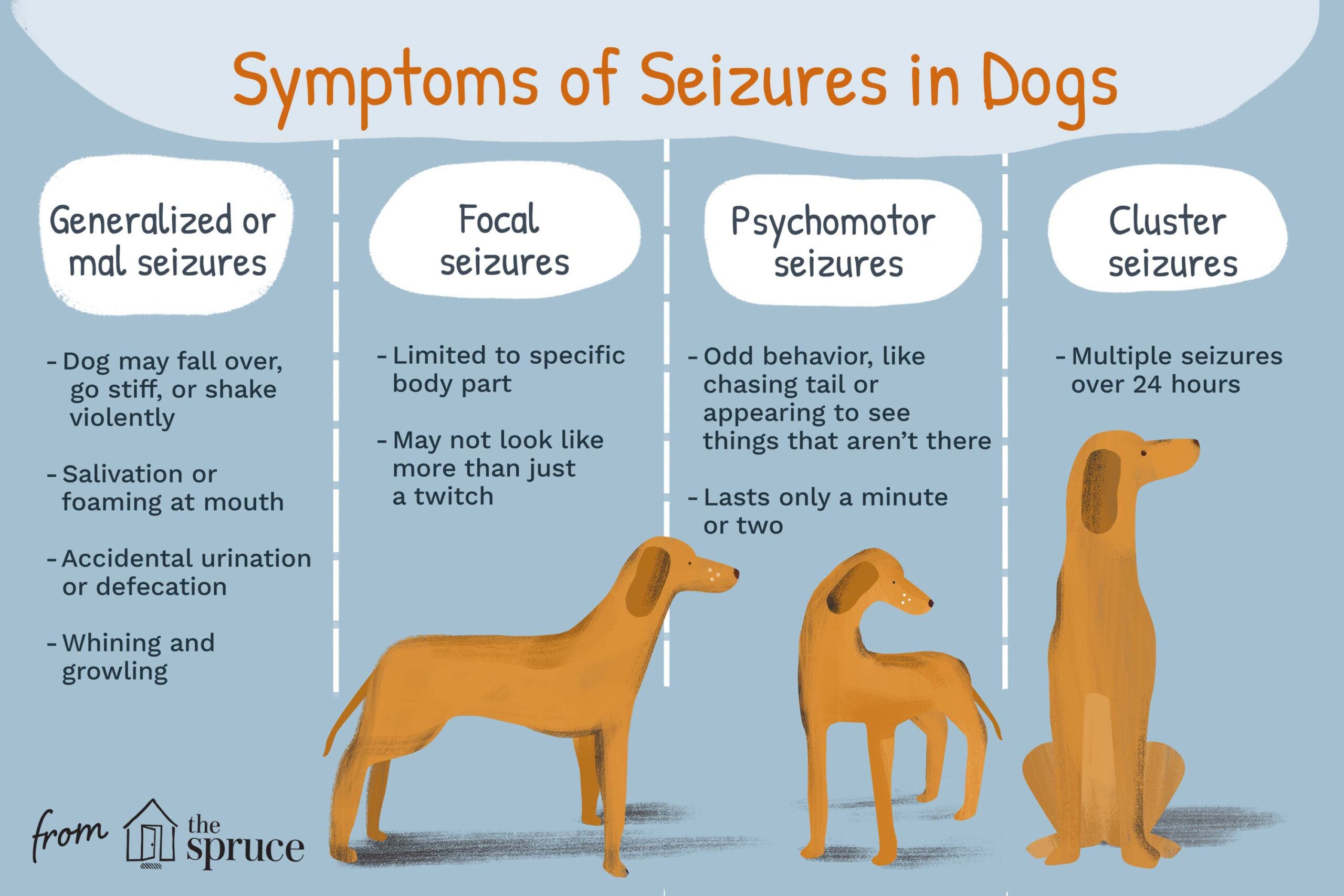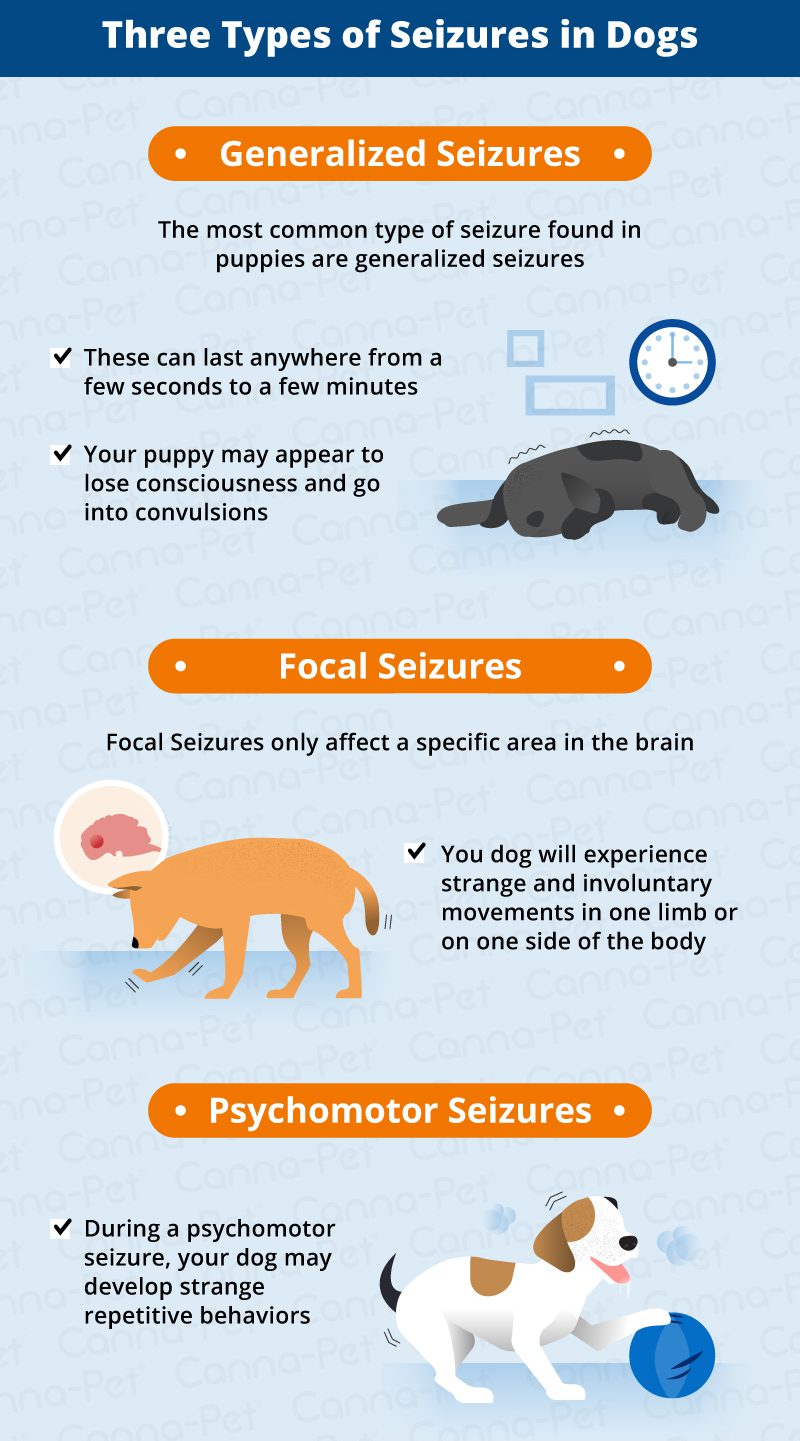Key Takeaways:
- Stay calm and try to keep your dog safe during the seizure by removing any objects that could harm them.
- Do not try to restrain your dog during a seizure as it can potentially cause injury to both you and your pet.
- Time the duration of the seizure and observe any unusual behaviors or symptoms that occur before or after the seizure.
- Contact your veterinarian immediately after the seizure to seek professional advice and guidance on further steps to take.
- Maintain a record of your dog's seizures, including frequency, duration, and any triggers that may be identified, to assist the vet in diagnosing and treating the underlying cause.
Introduction:
Have you ever witnessed your beloved furry friend experiencing a seizure? It can be a terrifying and bewildering experience. But fear not, because in this article, we will explore what to do if your dog has a seizure and why understanding this topic is essential for every pet owner.
Imagine the peace of mind that comes with knowing exactly how to handle such a situation. By delving into this subject, you will gain invaluable knowledge that can potentially save your dog's life. Not only will you learn how to provide immediate aid during a seizure, but you'll also discover the underlying causes and preventive measures to keep your pup safe.
Did you know that approximately 5% of dogs suffer from seizures at some point in their lives? That means it's more common than you might think. By familiarizing yourself with this topic, you'll be equipped with the necessary tools to navigate through this challenging situation should it ever arise.
So, let's dive in and uncover the steps to take when your dog has a seizure. Together, we'll ensure that you are prepared to handle any unexpected episodes with confidence and care. Remember, knowledge is power when it comes to safeguarding our furry companions' well-being.
Understanding Dog Seizures: Signs and Symptoms
What are Dog Seizures?
Dog seizures are episodes of abnormal electrical activity in the brain that result in a sudden change in behavior and body movements. During a seizure, your dog may experience convulsions, muscle twitching, loss of consciousness, or even collapse. These episodes can be frightening to witness, but it's important to stay calm and provide support for your furry friend.
Signs and Symptoms of Dog Seizures
There are several signs that indicate your dog may be having a seizure. These include:
1. Muscle spasms or tremors: Your dog's muscles may start twitching uncontrollably.
2. Loss of consciousness: Your dog may become unresponsive and unaware of their surroundings.
3. Stiffness or rigidity: Your dog's body may become stiff during a seizure.
4. Drooling or foaming at the mouth: Excessive saliva production is common during a seizure.
5. Uncontrolled urination or defecation: Your dog may lose control of their bladder or bowels during a seizure.
If you notice any of these symptoms in your dog, it's important to consult with a veterinarian to determine the underlying cause and appropriate treatment options.
The Importance of Staying Calm During Your Dog's Seizure
Why Staying Calm is Crucial
When your dog is experiencing a seizure, it can be distressing for both you and your pet. However, it is essential to remain calm during this time for several reasons:
1. Minimize stress: Dogs are sensitive to their owners' emotions. By staying calm, you can help reduce your dog's stress levels during the seizure episode.
2. Prevent accidents: A calm demeanor allows you to focus on ensuring your dog's safety during the seizure. You can move any hazardous objects out of their way and provide a cushioned surface to prevent injury.
3. Observe and record details: Staying calm enables you to carefully observe the seizure's duration, intensity, and any changes in symptoms. This information is vital for your veterinarian's diagnosis and treatment plan.
Remember, your dog looks to you for comfort and reassurance. By staying calm, you can provide the support they need during this challenging time.
What Not to Do When Your Dog is Having a Seizure
Mistakes to Avoid
During a dog seizure, it's crucial to avoid certain actions that could potentially harm your pet or exacerbate the situation. Here are some things you should never do when your dog is having a seizure:
1. Panic or shout: Loud noises or panicked behavior can increase your dog's stress levels and make the seizure worse.
2. Restraining your dog: It may be tempting to hold or restrain your dog during a seizure, but this can lead to accidental injury for both of you. Allow them space and ensure their surroundings are safe.
3. Putting objects in their mouth: Contrary to popular belief, dogs cannot swallow their tongues during a seizure. Trying to put something in their mouth may cause injury or choking.
4. Administering medication without veterinary guidance: While some medications can help manage seizures in dogs, it is crucial to consult with a veterinarian before giving any medication during a seizure episode.
By avoiding these common mistakes, you can help keep your dog safe and minimize any potential harm during a seizure.
Duration of Dog Seizures and What to Do Afterwards
How Long Do Dog Seizures Last?
The duration of a dog seizure can vary from a few seconds up to several minutes. It may feel like an eternity when you witness your dog having a seizure, but it's important to stay calm and keep track of the time. If the seizure lasts longer than five minutes or if your dog experiences multiple seizures in a row without regaining consciousness, it is considered an emergency, and immediate veterinary attention is necessary.
What to Do After a Seizure
After your dog's seizure has ended, there are some essential steps to follow:
1. Keep them comfortable: Allow your dog to rest in a quiet and comfortable area after the seizure. Provide them with fresh water and monitor their behavior.
2. Contact your veterinarian: Inform your veterinarian about the seizure episode and follow their guidance on whether immediate medical attention is required.
3. Note down details: Record details about the seizure, including its duration, symptoms observed, and any potential triggers or changes in medication prior to the episode. This information will help your veterinarian diagnose the underlying cause more accurately.
Remember that recovery from a seizure can take some time for your dog. Providing them with love, care, and a stress-free environment can aid in their recuperation.
Why Keeping Track of Your Dog's Seizures is Essential
The Importance of Seizure Tracking
Keeping track of your dog's seizures is crucial for several reasons:
1. Accurate diagnosis: By documenting each seizure episode's frequency, duration, and intensity, you provide valuable information to your veterinarian that can aid in diagnosing the underlying cause.
2. Treatment adjustments: Seizure tracking allows your veterinarian to monitor how well the current treatment plan is working for your dog. They can make adjustments or explore alternative options if needed.
3. Identifying triggers: Tracking seizures helps identify potential triggers such as stress, certain foods, or environmental factors that may be contributing to the episodes. Avoiding these triggers can help reduce future seizures.
Maintaining a seizure diary or using a dedicated mobile app can make it easier to record and share this information with your veterinarian, leading to more effective management of your dog's condition.
Prevention and Management of Seizures in Dogs: Tips and Treatment
Tips for Preventing Seizures
While it may not be possible to prevent all seizures in dogs, there are some measures you can take to reduce the risk:
1. Stick to a routine: Maintaining a consistent daily routine for your dog, including regular feeding times and exercise, can help minimize stress levels and potential triggers.
2. Avoid known triggers: If you have identified specific triggers for your dog's seizures, such as certain foods or environmental factors, try to eliminate or minimize exposure to them.
3. Medication compliance: If your veterinarian has prescribed medication for your dog's seizures, ensure you administer it as directed. Skipping doses or abruptly stopping medication can increase the likelihood of seizure recurrence.
Treatment Options
Treatment options for managing seizures in dogs may include medication, dietary changes, or alternative therapies such as acupuncture or herbal supplements. Your veterinarian will determine the most appropriate treatment plan based on your dog's specific needs.
Remember that each dog is unique, and finding the right combination of treatments may require some trial and error. Regular communication with your veterinarian is essential for monitoring progress and making necessary adjustments to optimize seizure management for your furry companion.
In conclusion, if your dog has a seizure, it is important to stay calm and ensure their safety by moving them away from any dangerous objects. Contact a veterinarian for guidance and support, as they can help determine the cause of the seizure and provide appropriate treatment options for your furry friend.
Is a dog seizure an emergency?
Witnessing your dog have a seizure can be a terrifying and unsettling experience, particularly if it occurs without warning. The dog may suddenly collapse, exhibit involuntary movements, and sometimes lose consciousness, which is then followed by a period of confusion and disorientation. If the seizure activity lasts for an extended period of time, it should be treated as an urgent situation.
Does anything trigger seizures in dogs?
The main reasons for seizures that originate outside the brain are low blood sugar, low calcium levels, high body temperature, underactive thyroid, liver disease, or ingestion of substances like caffeine and chocolate. Seizures that originate within the brain can be caused by diseases that lead to physical or functional changes in the dog's brain.
Will my dog be OK after a seizure?
After the seizure has stopped, the dog will go through a long recovery phase called the post-ictal period, which can last up to 24 hours depending on the specific dog. During this time, dogs usually feel confused and disoriented.
Should I hold my dog during a seizure?
To ensure your dog's safety during a seizure, it is important to prevent them from accessing stairs, provide a cushion for their head, and offer gentle support and comfort until they start to regain consciousness.
What not to do after your dog has a seizure?
Remain near your dog but avoid their mouth. You can help soothe your dog by speaking gently and petting them. Be prepared to take action. If the seizure continues for more than 5 minutes, promptly contact your veterinarian or a veterinary emergency clinic.
Can a dog have a seizure out of nowhere?
Occasionally, dogs may experience sudden seizures without any prior warning. This does not necessarily imply the presence of an underlying condition. Nonetheless, it is advisable for your veterinarian to examine your dog's brain and conduct diagnostic tests in order to determine the cause. The primary cause of seizures in dogs is often attributed to overheating and dehydration.
















